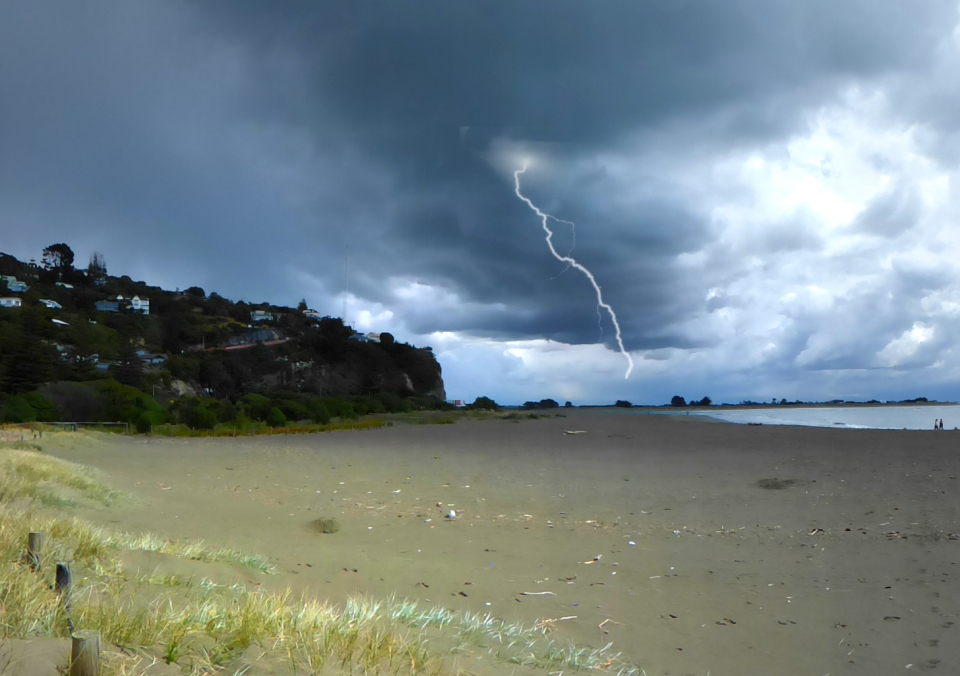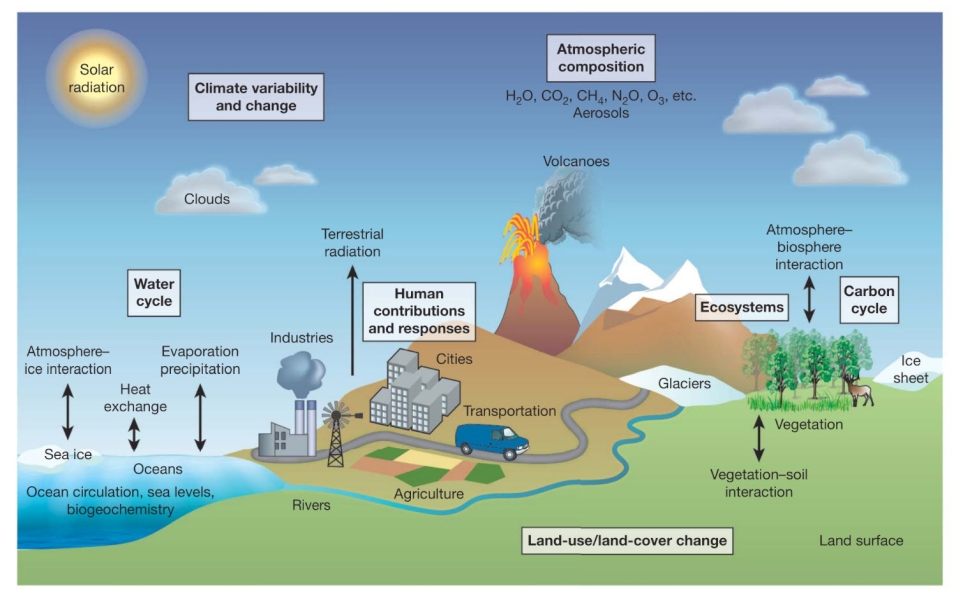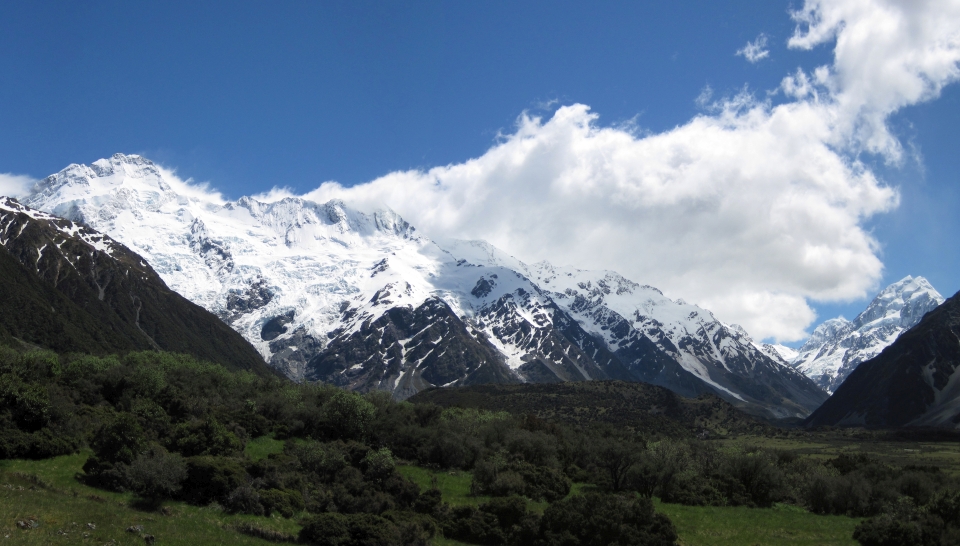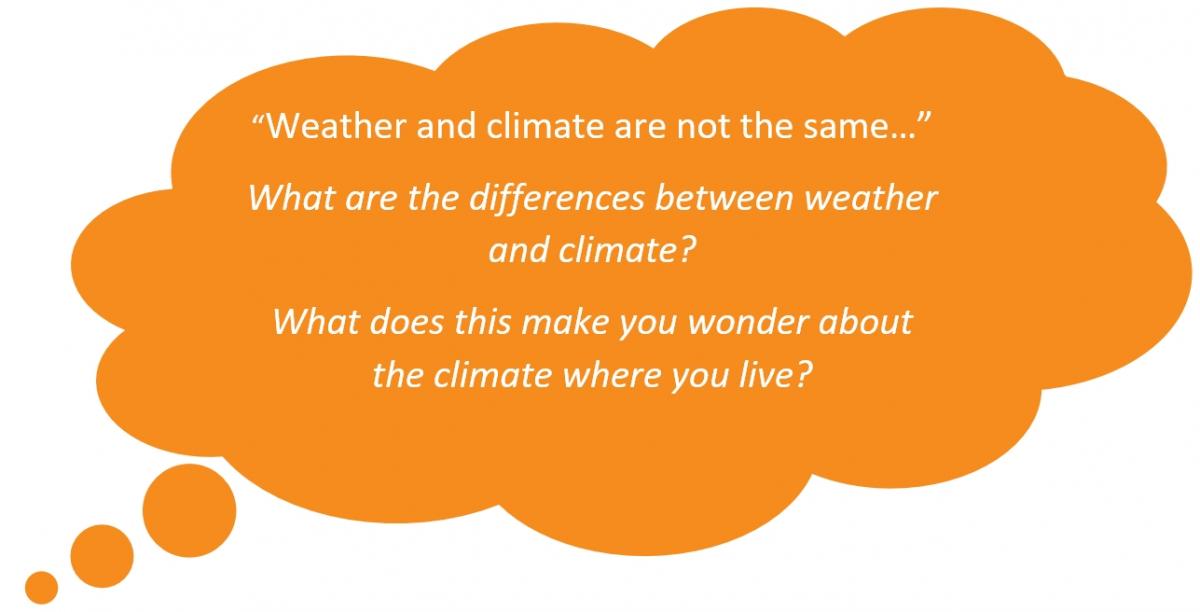You can contact LEARNZ, part of CORE Education, at:
Postal Address:
PO Box 13 678,
Christchurch 8141,
New Zealand

Weather is local and temporary. It constantly changes. When we talk about weather, we are talking about day-to-day conditions – sunny, windy, cloudy, rainy, snowy, and so on. For example, a rainstorm can quickly turn into flooding over just a day or two.
Weather scientists, called meteorologists, try to predict what weather is going to happen today, tomorrow and throughout the week. Weather happens at a particular time and place. Rain, hail, snow, wind, storms, and tornadoes are all weather events.
Did you know there are many, many satellites in orbit sending back images of the earth? Scientists can use this imagery to study climate, and similar tools to predict the weather.
Look outside and check the weather, then use this link to look at our planet right now from space. Are there clouds above your part of the world, right now?
This map shows real time temperatures for the whole planet, right now.
Climate is more than just a few warm, wet, or cool days. Climate describes the typical weather conditions or patterns over a long period of time, such as 30 years or more for a country, region, or town.
 Earth's Climate System
Earth's Climate SystemThe Earth’s climate is the result of many processes which all interact. These processes include:
Watch this video from NASA to learn more about the difference between Climate and Weather.
There are lots of different types of climates on Earth. For example, hot regions are normally closest to the equator. The climate is hotter there because the Sun’s light is most directly overhead at the equator. The North and South Poles are cold because the Sun’s light and heat are least direct there.
There are 5 main climate types or zones on Earth:
Which climate zone do you live in?

 The National Institute of Water and Atmospheric Research (NIWA) describes the climate of Aotearoa as complex and variable - from warm subtropical in the far north, to cool temperate climates in the far south, with severe alpine conditions in the mountainous areas.
The National Institute of Water and Atmospheric Research (NIWA) describes the climate of Aotearoa as complex and variable - from warm subtropical in the far north, to cool temperate climates in the far south, with severe alpine conditions in the mountainous areas.
Mountain chains across the length of Aotearoa provide a barrier for the prevailing westerly winds and divide the country into quite different climate regions.
The West Coast of Te Waipounamu, the South Island is the wettest area of Aotearoa, whereas the area to the east of the mountains, just over 100 km away, is the driest.
Our mean annual temperatures range from 10°C in the south to 16°C in the north. Because of the variation in New Zealand’s climate, NIWA has grouped selected locations into broad climate zones. Find out more from NIWA's climate overview.
Complete the Weather and Climate quiz
> Discover more about climate change